Atypical Mycobacterial Infection Treatment
Atypical mycobacterial infection treatment. Specimens should be sent for histopathology bacteriology and Mycobacterial culture. Pharmacotherapy plan for a patient with an infection due to atypical mycobacteria. In this study 4 patients with atypical mycobacterial skin infections were treated with ALA-PDT combined with antibiotic therapy.
The severity of an infection caused by NTMB is largely determined by the immune status of the. All of these organisms seem to respond well to a combination of isoniazid rifampin and ethambutol but sensitivity studies should always be done to determine the best regimen. These patients were diagnosed with atypical mycobacterial skin infections by bacterial culture and microarray analysis tests that were also useful for identifying the strains responsible for the infections.
Age and Sex Distribution. Mycobacterium kansasii should be treated with at least 3 drugs for 1218 months. Tuberculosis the cause of tuberculosis and M.
In conclusion Atypical Mycobacterial infection presents as local cervical lymphadenitis in immunocompetent children. NTM treatment is longer than TB treatment more likely to fail and more likely to cause toxicity. Mycobacterium marinum species are often resistant to isoniazid streptomycin pyrazinamide and para-aminosalicylic acid.
Although anyone can get an NTM infection NTM are opportunistic pathogens. Brain biopsy results of the patient with reversible leukoencephalopathy prior to atypical mycobacteria treatment shows a mild tissue rarefaction with vacuolation very sparse. The prognosis is good for a majority of the affected individuals with prompt diagnosis and appropriate treatment Who gets Atypical Mycobacterial Infection.
Introduction Infections from Mycobacterium species have a variety of clinical presentations. Nontuberculous mycobacteria NTM are mycobacteria other than M. A variety of nontuberculous mycobacteria NTMB can cause pulmonary infections with important differences in epidemiology microbiology host response and treatment options across the various species.
Consider the following points when treating atypical mycobacterial infections with antibiotics. In all cases at least three drugs should be used to minimize acquisition of drug resistance and all patients should receive a minimum of 12 months of treatment.
Introduction Infections from Mycobacterium species have a variety of clinical presentations.
Mycobacterium kansasii should be treated with at least 3 drugs for 1218 months. Prescription antibiotics are typically the mainstay of treatment for Atypical Mycobacterial Infections. Macrolides clarithromycin and azithromycin have been the basis of therapy against MAC pulmonary disease because they were demonstrated in multiple trials to be effective in prophylaxis and multidrug treatment of disseminated MAC infection. Consider the following points when treating atypical mycobacterial infections with antibiotics. In all cases at least three drugs should be used to minimize acquisition of drug resistance and all patients should receive a minimum of 12 months of treatment. Mycobacterium kansasii should be treated with at least 3 drugs for 1218 months. Expert advice should be taken. Nontuberculous Atypical Mycobacterial Infection. All of these organisms seem to respond well to a combination of isoniazid rifampin and ethambutol but sensitivity studies should always be done to determine the best regimen.
It is important to note that the choice of the regimen reflects more. The other organisms that are relatively easy to treat with the standard antimycobacterial drugs are M xenopi M szulgai and M marinum. Consider the following points when treating atypical mycobacterial infections with antibiotics. A variety of nontuberculous mycobacteria NTMB can cause pulmonary infections with important differences in epidemiology microbiology host response and treatment options across the various species. In our opinion we suggest that early definitive surgery by an experienced operator is the management of choice. In this study 4 patients with atypical mycobacterial skin infections were treated with ALA-PDT combined with antibiotic therapy. Leprae the cause of leprosy.
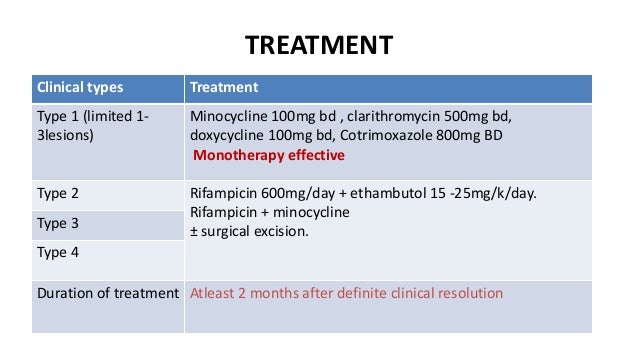



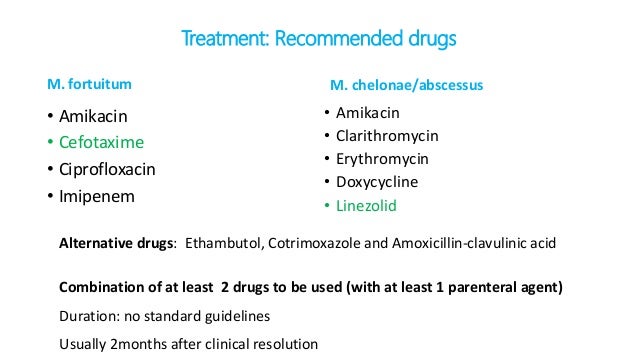


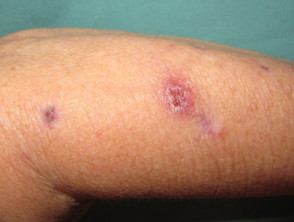

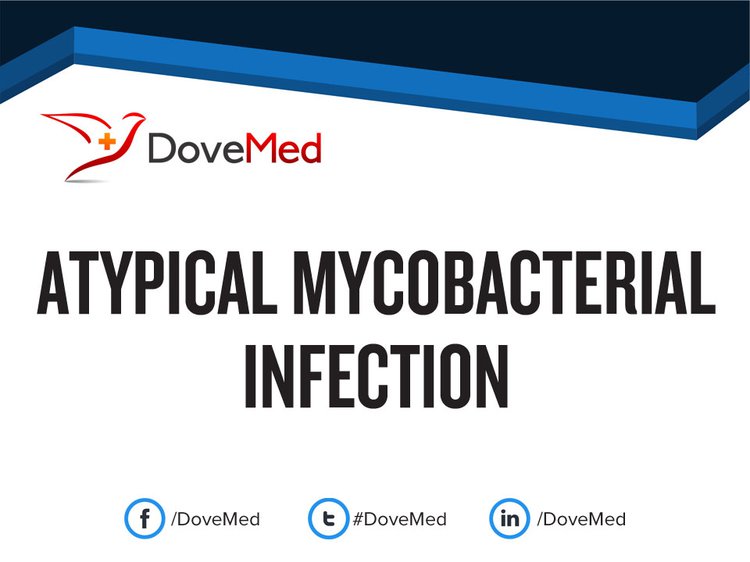
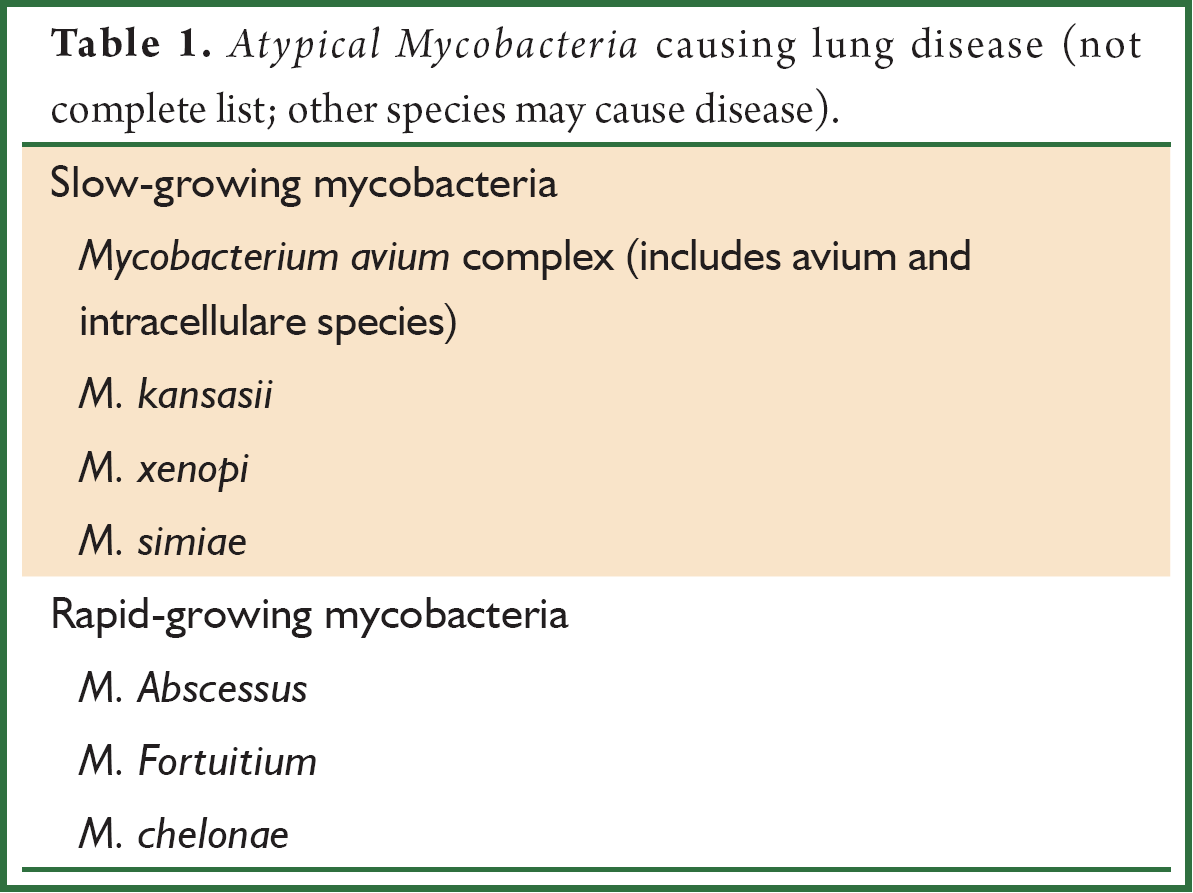





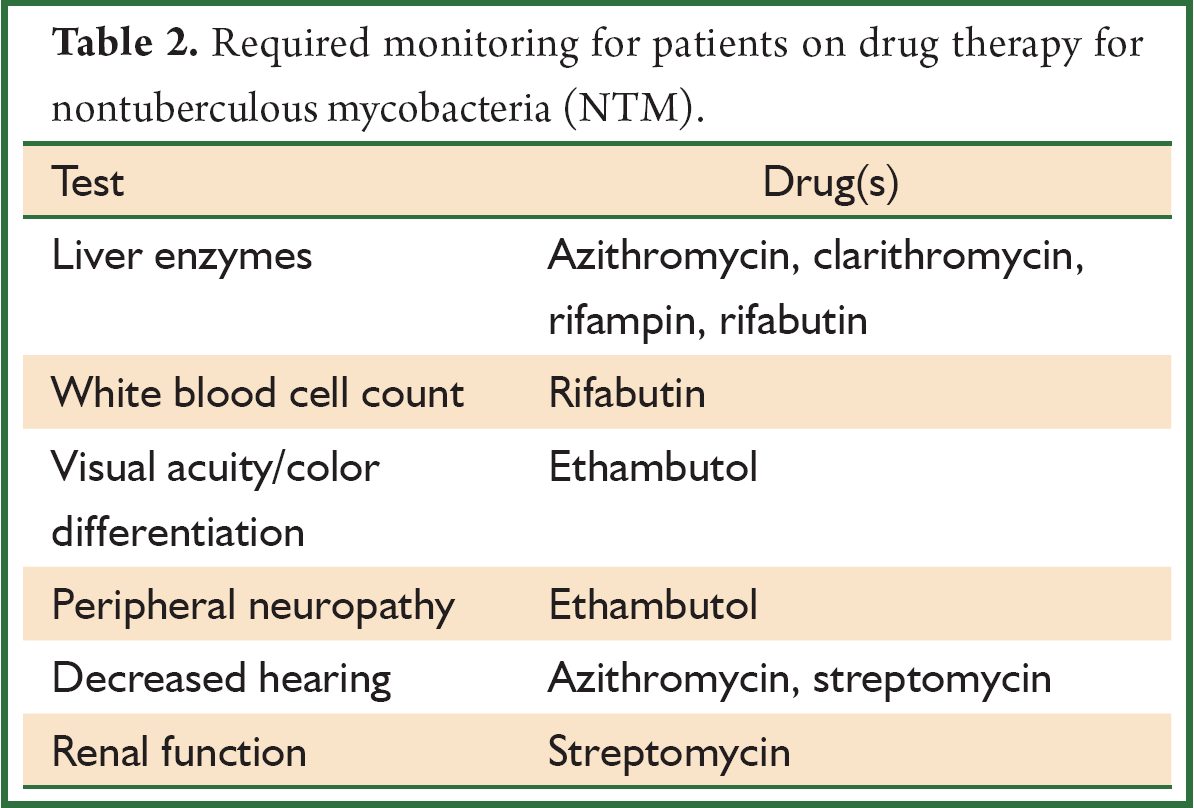


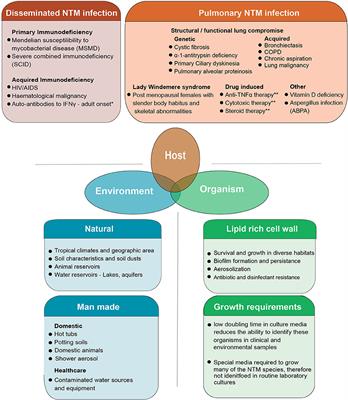






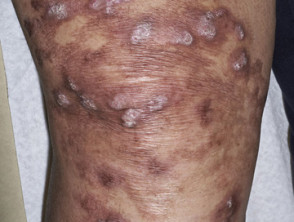
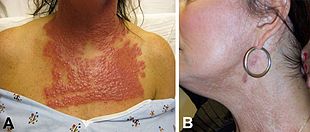

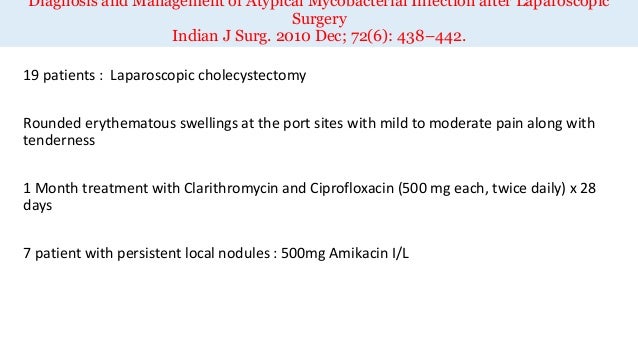




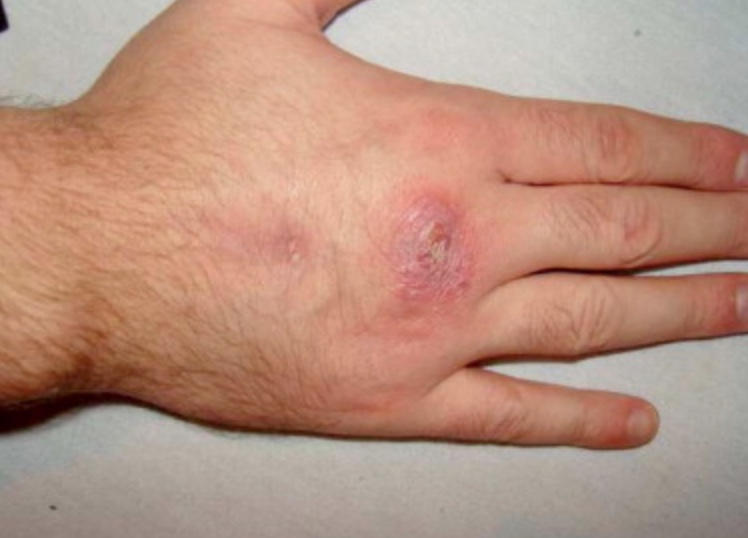



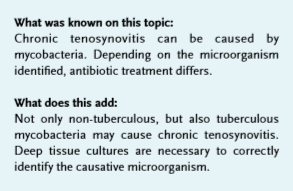
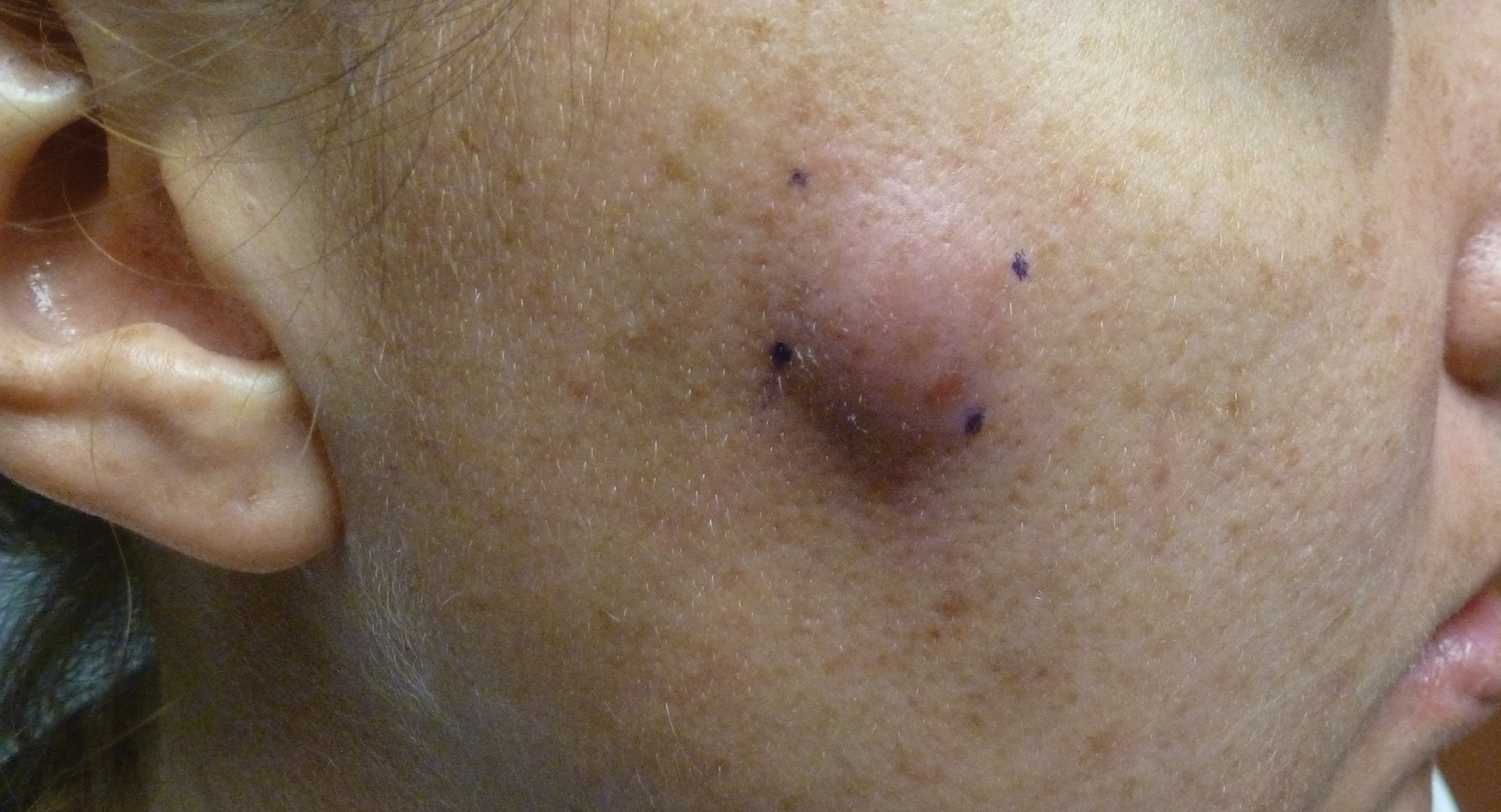
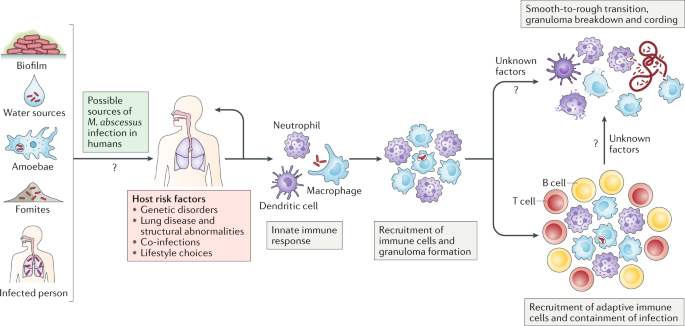
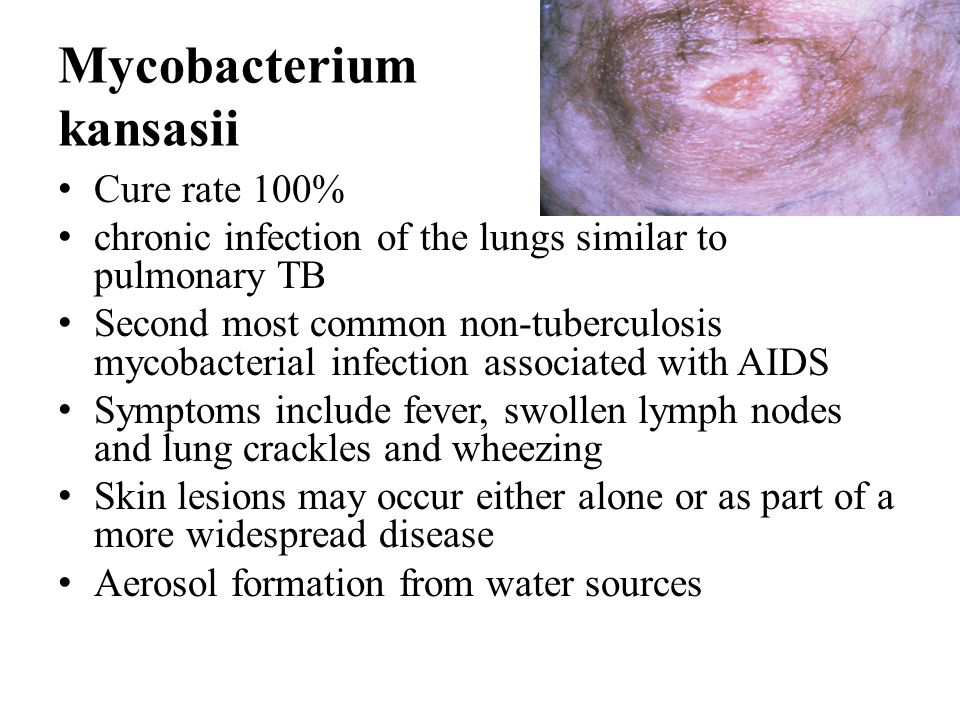

Post a Comment for "Atypical Mycobacterial Infection Treatment"